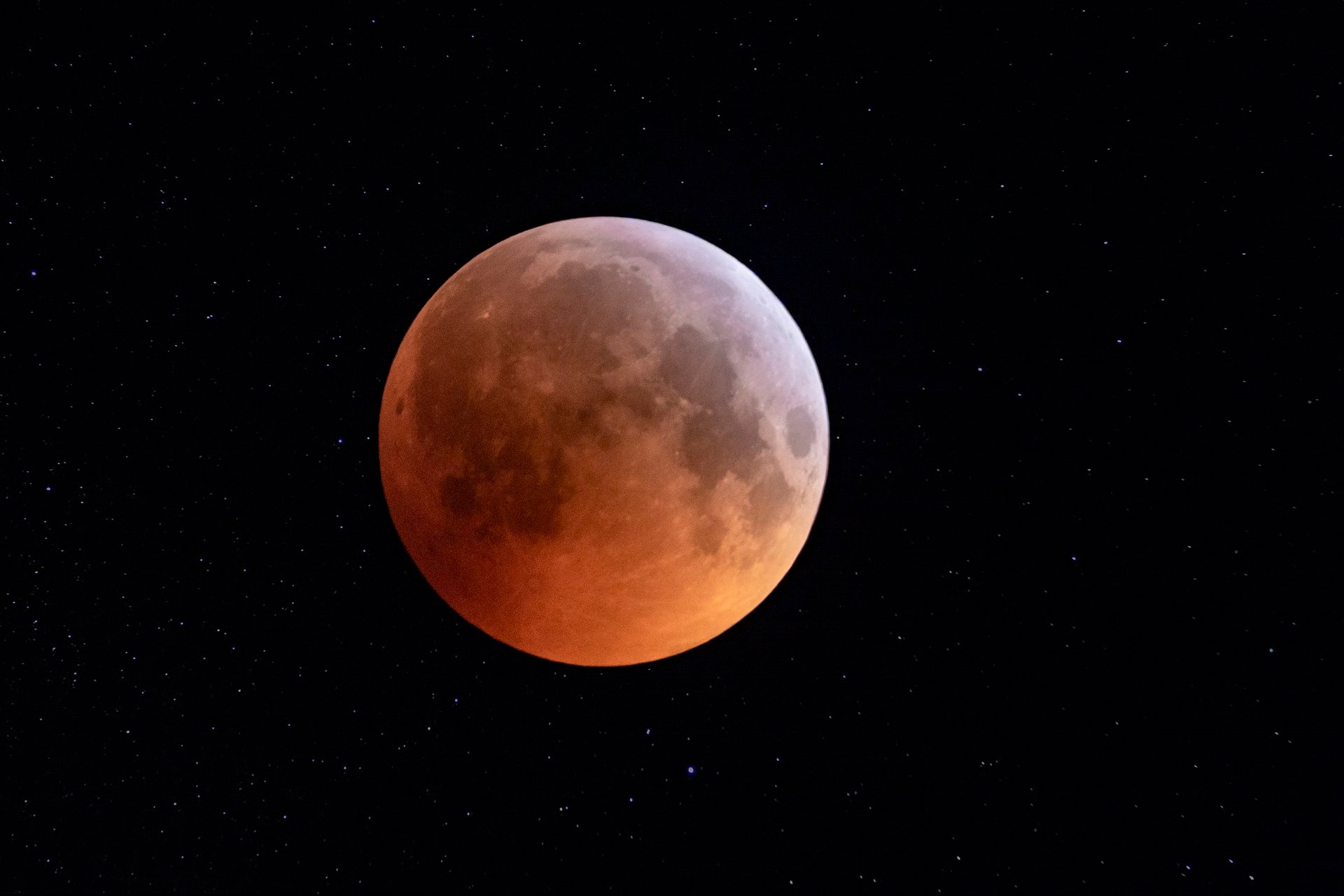
While total lunar eclipses are always spectacular, the one on May 26, 2021, promises to be particularly memorable given that it coincides with a supermoon. This means that the Moon — which will be at perigee, or its closest distance to Earth — will appear about 7 percent larger and 15 percent brighter than a standard full Moon. The eclipse will be most visible from the western parts of the Americas, Australia and New Zealand, and Eastern Asia. In the US, the best views will be reserved for Hawaii, Alaska, and the western states.

For a total lunar eclipse to occur, two conditions have to be met: the Moon has to be full and in perfect alignment with the Earth and Sun. Lunar eclipses do not occur every full Moon because the plane of our satellite's orbit is slightly tilted to that of the Earth's, and, hence, not always in a straight line.
As you are probably aware, the Moon does not produce any light of its own — it merely reflects the light from the Sun. Therefore, when our planet gets in between the two celestial objects, it creates a shadow on the lunar surface. However, instead of going dark, our satellite transforms into what is commonly called a “blood moon.” Though regarded as a bad omen by some, the spooky color is caused by the Sun’s rays bending around the edge of our planet and landing on the Moon. Since the Earth’s atmosphere scatters the shorter wavelength colors, like green or blue, only the longer wavelengths — or the redder end of the spectrum — reach the lunar surface, giving it an eerie "blood red" appearance.
“The exact color that the moon appears depends on the amount of dust and clouds in the atmosphere,” NASA scientists told Space.com. “If there are extra particles in the atmosphere, from say a recent volcanic eruption, the moon will appear a darker shade of red.”
Unlike a solar eclipse, which can only be seen from specific areas, a lunar eclipse is visible from every place on the Earth’s night side. It can also be viewed without any protective glasses. While totality usually lasts for only about 15 minutes, it typically takes the Moon a few hours to emerge from the Earth's shadow, providing viewers ample time to enjoy the event.

This year's show will begin early in the morning at 5:45 am EDT (2:45 am PDT) when the Earth’s shadow begins to traverse across the front of the Moon. The "blood moon" will occur from 7:11 am EDT (4:11 am PDT) until 7:26 am EDT (4:26 am PDT), when the Earth completely blocks the satellite from the Sun. As our planet moves on, the satellite will gradually start to receive the Sun’s rays, and, by 8:52 am EDT (5:52 am PDT), the supermoon will be restored to its full glory.
While US residents will have to rise early to view the event, it may be worth losing a little sleep, given that this will be 2021's first and only total lunar eclipse. The cosmic phenomenon won't occur again until May 15, 2022!
Resources: JPL/NASA.Gov, Earthsky.org, Cnet.com
